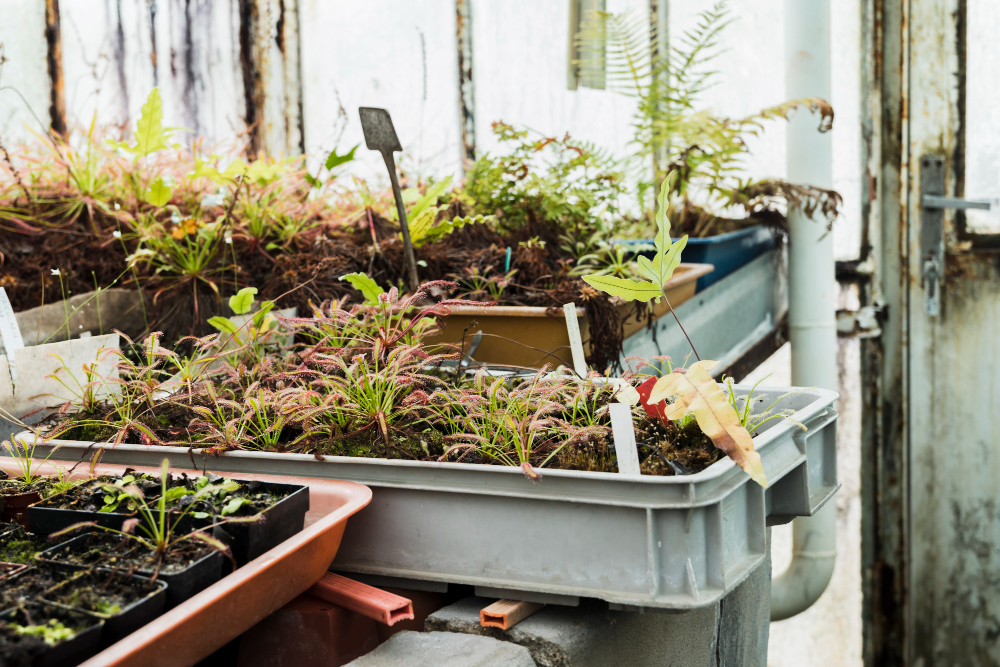Raised bed gardening offers numerous advantages, making it an increasingly popular method for both novice and experienced gardeners. This technique involves planting vegetables in soil that is elevated above ground level, contained within structures such as wood, stone, or metal frames. By utilizing raised beds, gardeners can maximize space and yield, creating a more efficient and productive garden. This guide explores the key benefits of raised bed gardening and how it can transform your gardening experience.
Improved Soil Quality and Drainage
One of the primary benefits of raised bed gardening is the ability to control soil quality. Gardeners can fill their beds with high-quality soil that is rich in organic matter, ensuring optimal conditions for plant growth. Improved drainage is another advantage, as raised beds prevent water from pooling around plant roots, reducing the risk of root rot and other water-related issues.
Maximizing Space with Intensive Planting
Raised beds allow for intensive planting, which maximizes the use of space and increases yield. Plants can be spaced more closely together because the soil in raised beds is typically more fertile and well-drained. This close planting helps to shade the soil, reducing weed growth and conserving moisture. Gardeners can also employ vertical gardening techniques, such as trellises and stakes, to further optimize space in raised beds.
Enhanced Accessibility and Reduced Strain
Gardening in raised beds is physically easier, especially for individuals with mobility issues. The elevated height reduces the need for bending and kneeling, making it more comfortable to plant, weed, and harvest crops. This accessibility encourages more people to engage in gardening, promoting a healthier and more active lifestyle.
Extended Growing Season
Raised beds warm up more quickly in the spring compared to in-ground gardens, allowing for earlier planting. Additionally, they retain heat longer into the fall, extending the growing season. Gardeners can also use row covers, cold frames, or hoop houses over raised beds to protect plants from frost, further prolonging the growing period.
Pest and Disease Management
Raised beds can help manage pests and diseases more effectively. The defined boundaries make it easier to install protective barriers, such as row covers or netting, to keep out insects and animals. Additionally, raised beds promote better air circulation around plants, reducing the incidence of fungal diseases.
By adopting raised bed gardening, you can enjoy these numerous benefits, leading to a more productive and enjoyable gardening experience. Whether you have a small urban garden or a large backyard, raised beds offer a versatile and efficient way to grow a variety of vegetables.


Leave a Reply